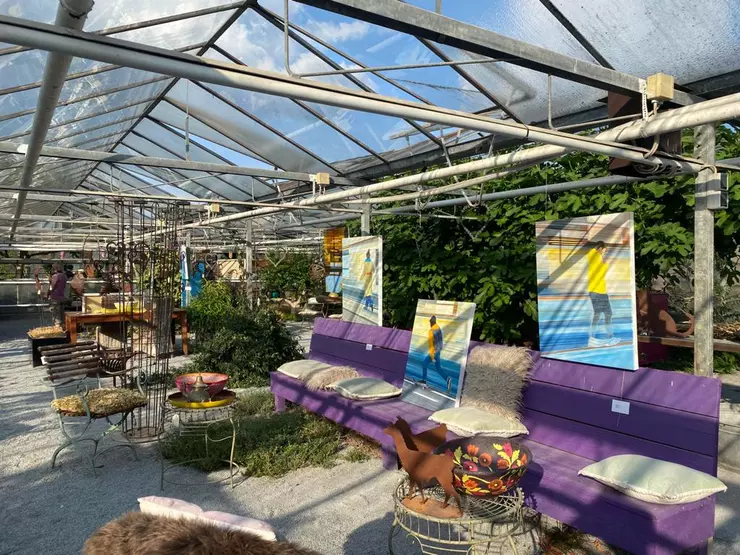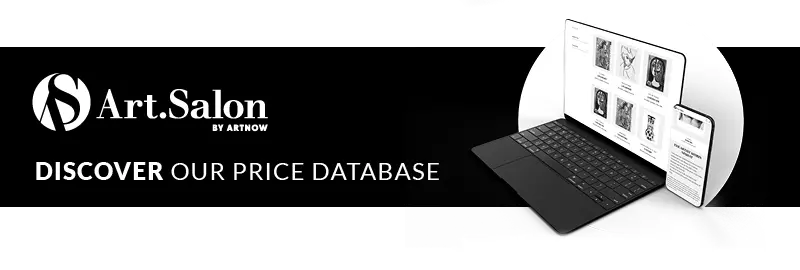
More on the subject Interviews

New fine art print by Eveline Stauffer
With her minimalist paintings, the artist Eveline Stauffer succeeds in capturing the expressive power of maximally reduced forms. We interviewed the artist on the occasion of the publication of her new limited edition fine art print of the work Light blue light in the south.

Art in the greenhouse
On September 6, the first »Art Night« will take place in Langenfeld: Three artists will present their work in a greenhouse on just one evening. Among the exhibitors is Annette Velten, who is taking part in the Art.Salon artist program.
Dive deeper into the art world
Inner Geometries
Gabriele Weide and Chris Wehrmann at »Art Artist«
The innovative art fair Art Artist, which has been taking place since 2023, is held in parallel to Art Düsseldorf. This year, Gabriele Weide and Chris Wehrmann from the Art.Salon artist program will also be presenting some works there. Art Artist runs from April 11 to 13 also in Düsseldorf and is open from 2 pm to 10 pm.












